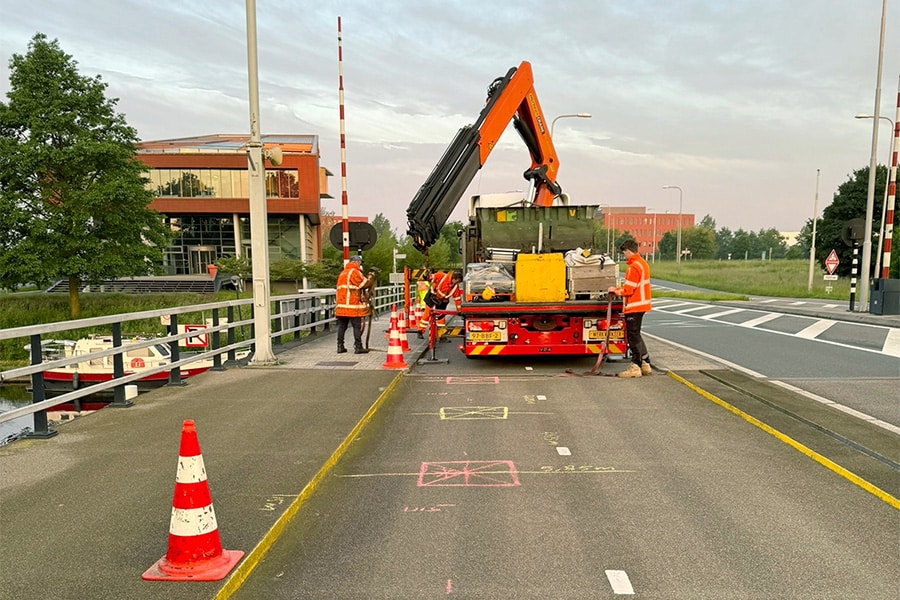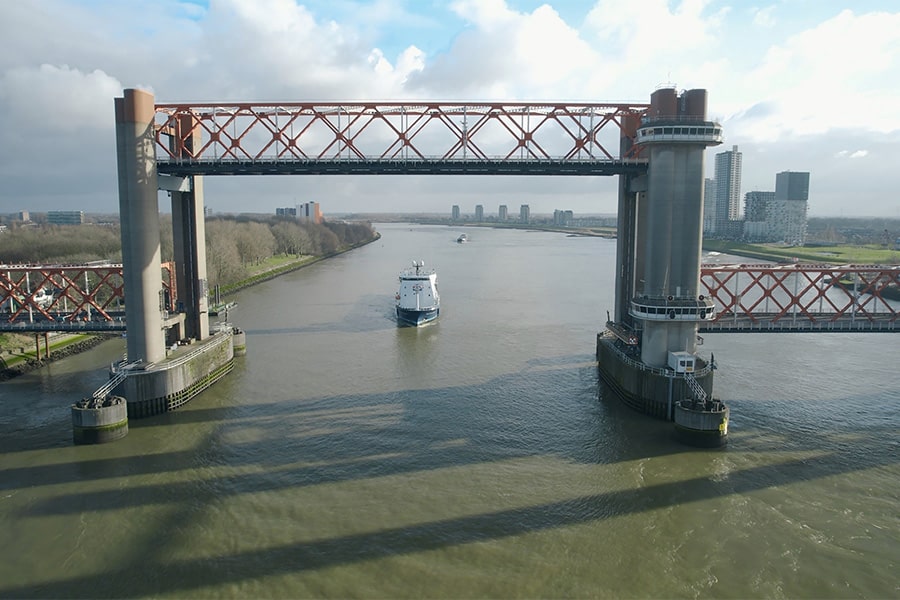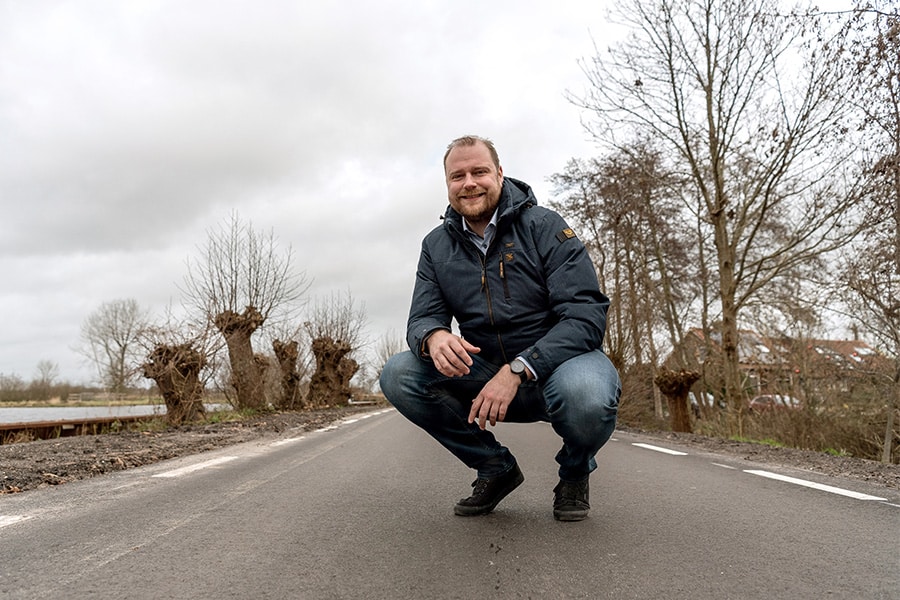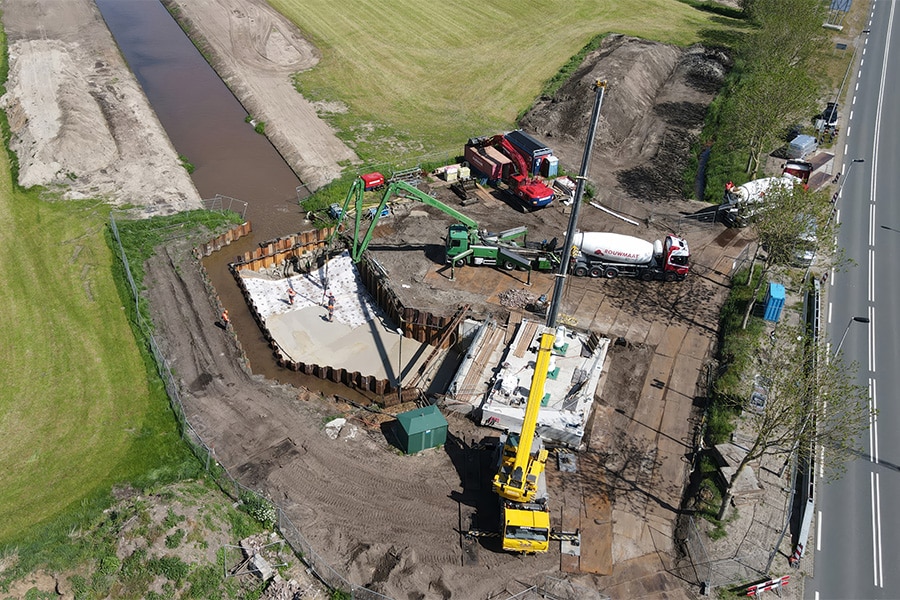
Building tomorrow's underground infrastructure together
Safe and sustainable, with an eye on energy transition
The energy transition. By now quite a broad term, but we are in the middle of it. According to Erik Teerink, account manager at SGS Roos+Bijl, the energy transition leans on three important pillars: green gas, electrification and heat networks. "And that is exactly where we can make a difference. After all, SGS specializes in coming up with sustainable and safe underground (and above-ground) infrastructure, for large and small projects."
"Within SGS we offer various services, including route engineering and coordination for the laying, relocation or modification of cables and pipelines, but we also help network operators with their issues in the area of electrification and support in the preliminary phase of the construction of heat networks." In Teerink's view, heat grid solutions are still an understudied issue, though. "There is much more talk about opportunities in the area of sustainability with wind and solar energy and solutions with hydrogen. But that's where we're really missing opportunities."
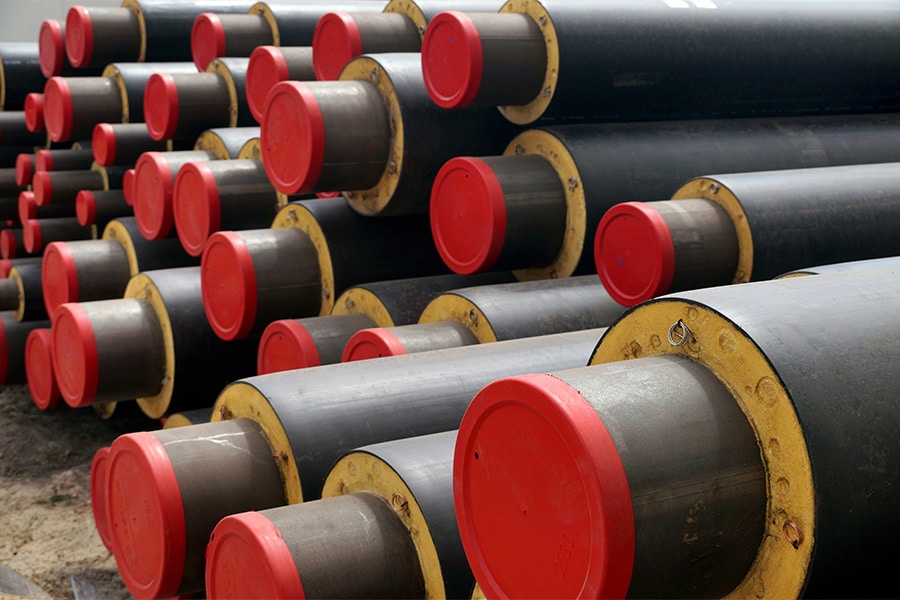
Heat Act
"I think that has to do with the new heat law, which goes into effect from 2025. Based on that law, the government must have a majority stake of at least 51% in the infrastructure of heat networks. This causes private parties to doubt whether it is still profitable to build heat networks. The government's plan to take half a million homes off the gas before 2030, in which district heat is an important means, is in danger of being delayed as a result."
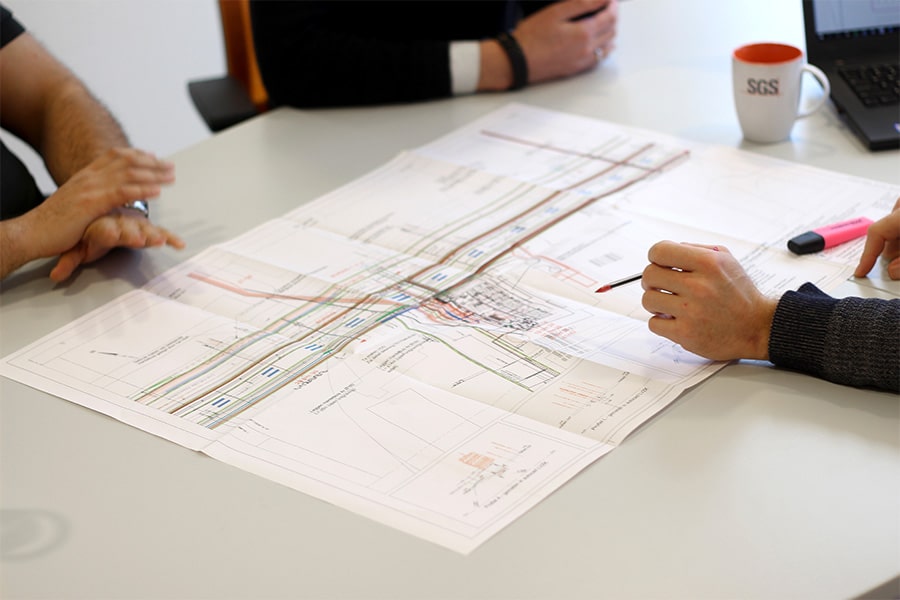
Transition phase
"We're really in a transition phase right now," says Tim Stadman Robaard, engineer at SGS Roos+Bijl. Stadman Robaard has been working at SGS for two years and has studied district heating immensely during his studies. "I graduated on AGFW FW401, a German standard drawn up by the AGFW, which is widely used in the Netherlands for the installation of district heating pipes," he says. "During my graduation, I developed a calculation tool that allows that standard to be applied more accurately. I also did research on the application of this standard in the Netherlands." Knowledge that is perfectly useful to him in his current job at SGS! "It is hugely important that we get everything right, because on the one hand the number of heat network connections has to be doubled, but on the other hand we see the market becoming uncertain because the rules of the game are changing. So there is still a lot to do in that." Stadman Robaard notices that the industry is slowly professionalizing in the field of district heating pipes. "The knowledge among suppliers is increasing and cooperation with heat networks, such as within the independent umbrella organization AGFW, is taking off. We too like to share our knowledge, which is why we are also affiliated with Stichting Warmtenetwerk. I am convinced that with our extensive knowledge and expertise, we can fully support the industry."

Support from a to z
Teerink agrees: "SGS excels in specialist calculation, has a lot of knowledge in the field of underground and district heating standards. In fact, clients use different standards, sometimes even per area. We can advise and support from source to home connection, so from a to z in terms of route engineering, and ensure that the required standards are met. Whether it concerns the construction of a new housing estate or the connection of an existing object in the inner suburbs of Rotterdam: for each project we look at whether something is feasible, whether drilling is required, whether it is possible to obtain a permit, and who the licensing authorities are. We talk to the competent authorities, check the standard that must be met and ensure that the client's wishes and requirements are taken into account. At the end of that process, we offer a complete total package in response to the issue, after which construction can begin immediately." Teerink says that more and more parties are turning to SGS for this specific expertise. "Everyone knows how to find us better and better."
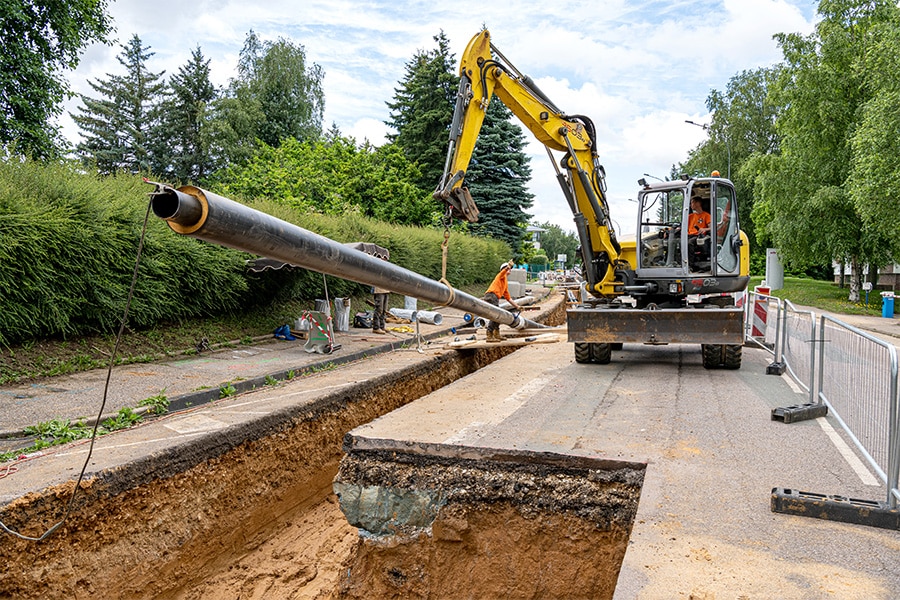
Digitization
"So the main thing is that you start such a project extremely well prepared," says Stadman Robaard, indicating that digitization can certainly be helpful. "Again such a broad concept, but with the help of all kinds of modern techniques it is possible to visualize what is happening underground. So I do see future development going as far as building Digital Twins, in order to map everything underground precisely and thus be able to tackle issues in advance. The mission of SGS, to digitize more, dovetails nicely with this."
